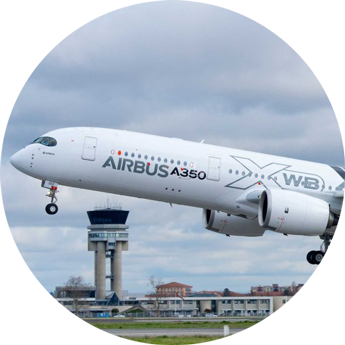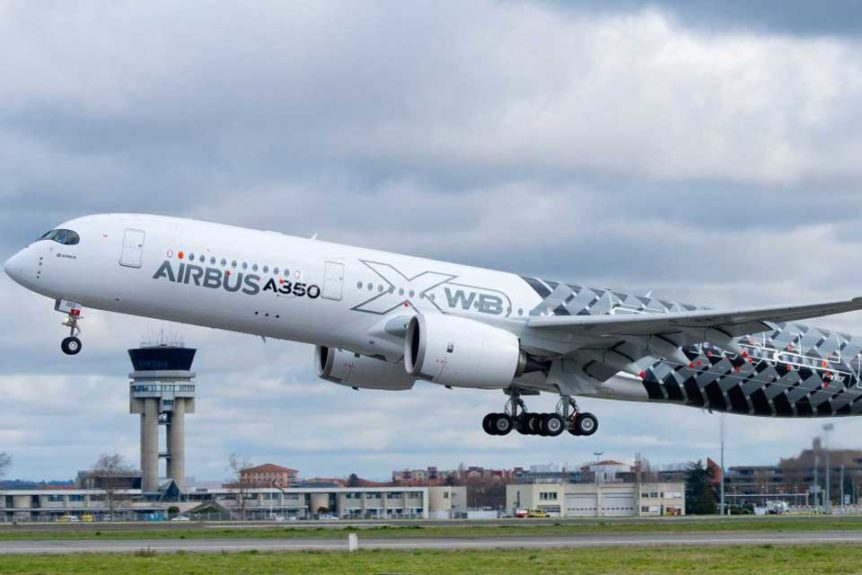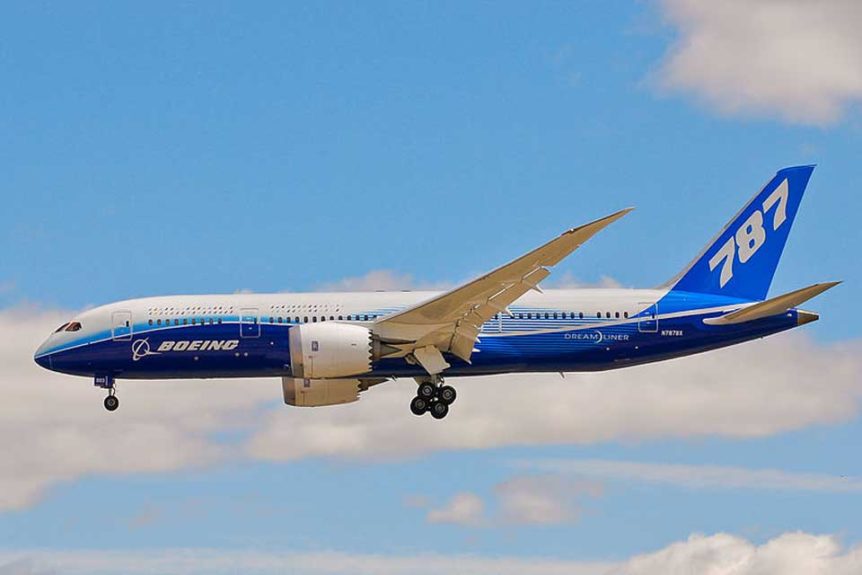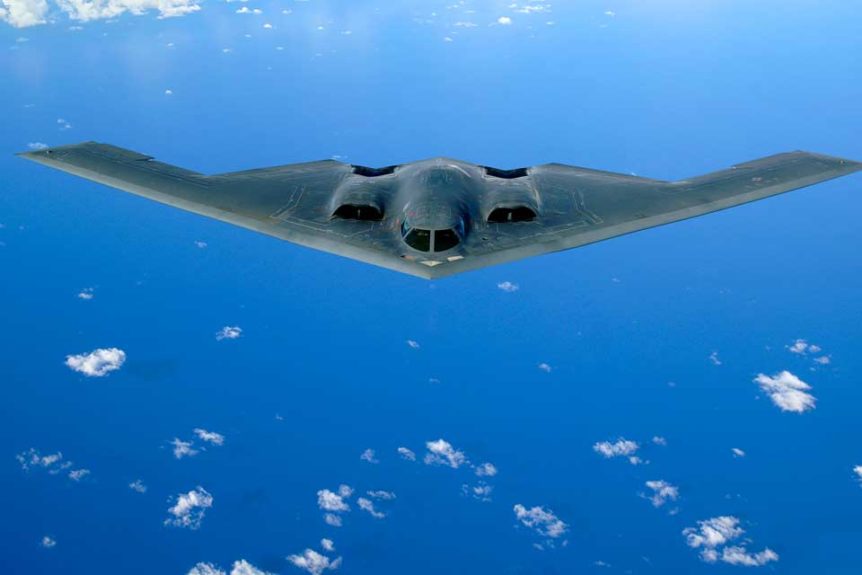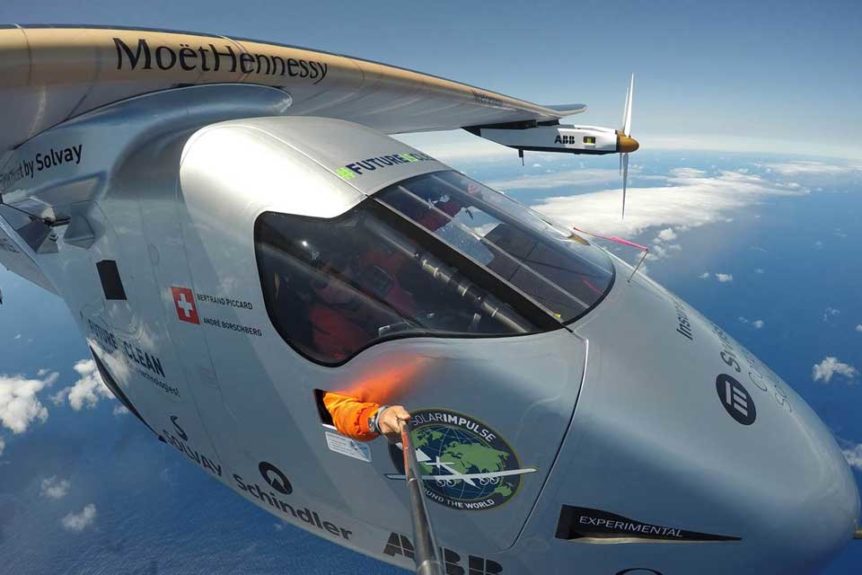Commercial Aircraft
Fiberglass was first used in the Boeing 707 passenger jet in the 1950s, where it comprised about two percent of the structure. Each generation of new aircraft built by Boeing had an increased percentage of composite material usage. Today, for most commercial aircraft applications, carbon fiber-based composites are now the leading materials on the market. OEMs such as Boeing and Airbus have robust composites manufacturing operations that are critical to the success of their signature aircraft lines. More than half of the Boeing 787 and Airbus A350XWB are made from CFRP composites. Like their counterparts in the automotive industry, airplane manufacturers rely on composites to increase fuel efficiency and decrease weight.
Properties and Benefits
- Lightweight
- Corrosion resistance
- Damage and fatigue
- Design flexibility
- Last longer than aluminum
- Lower maintenance and repair costs
- Allow precise weight distribution
- Allow for one-piece designs
- Excellent at handling tension
- Ability to absorb vibrations
- Good tensile strength
Applications and Products
- Fuselages
- Wings
- Winglets
- Flaps
- Ailerons
- Turbine Engines
- Wall panels
- Landing gear
- Cabin interiors
- Flight deck panels
Case Studies
Airbus A350
The biggest rival to Boeing’s 787 Dreamliner is Airbus’ A350 aircraft. More than 50 percent of the A350 airframe is made with composites, reducing maintenance tasks while enhancing the jetliner’s overall operating efficiency.
Boeing Dreamliner
The Boeing 787 Dreamliner is the first major commercial airplane to have a composite fuselage, composite wings, and use composites in most other airframe components.
Solar Impulse
In 1999, pilot Bertrand Piccard had a radical idea – build a plane capable of flying night and day without using any fuel, propelled solely by solar energy. Approximately 83 percent of the aircraft’s structure is made with composites.
